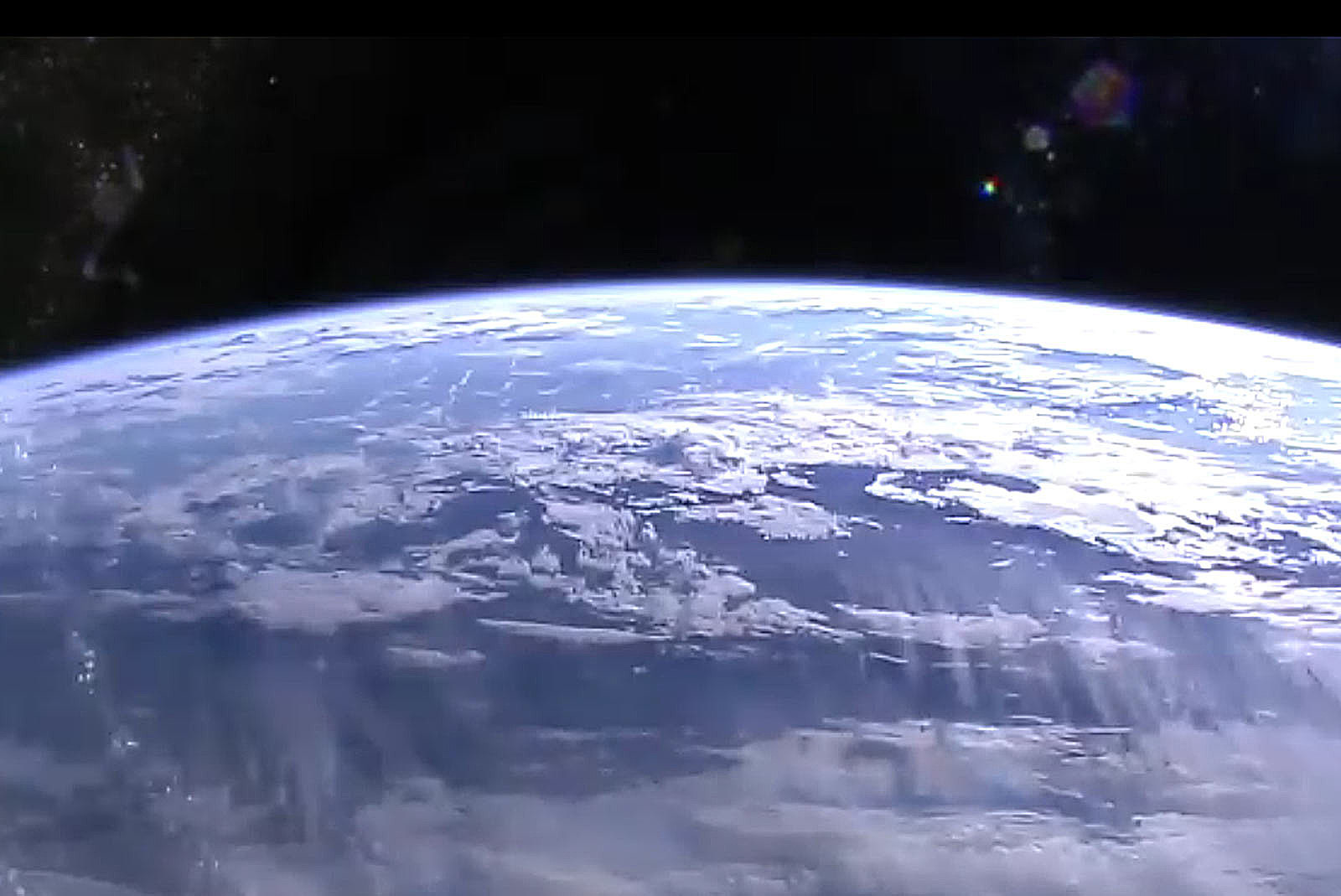
Operations ceased due, according to Bigelow, NASA’s failure to pay what is owed. Its module on the ISS, the Bigelow Expandable Activity Module (BEAM), was the first effort at a private station module. The clearest direction is in the statement: “With commercial destinations, we believe it will create a self-sustaining and self-reinforcing low-Earth orbit economy-one where the private sector is the main player, and NASA is one of many customers.” Unfortunately, the previously most visible company pursuing habitats in space, Bigelow Aerospace, has ended operations. What this means is under development presently, although the possibilities for startup concepts is still fluid. The more that is learned about the space environment, the more hazardous we find radiation effects are on the human body.Īs one solution, NASA is now moving toward fostering private space station options, the Commercial LEO Destinations (CLD) project. That may occur effectively in a future Mars mission unless the environmental hazards of inflight radiation and microgravity are neutralized. There is no interest in a one-way mission back to the lunar surface. This is a single-point failure for the program. More telling is the delay imposed by failure to develop a suitable spacesuit for the mission to the lunar surface. That latter decision is being challenged by Blue Origin with unknown delays created by the legal process. Let us be clear, the evaluation of the ISS will be a technical exercise but politics in the end will determine the ultimate outcome.Īrrival on the lunar surface in 2024 by the US is improbable given the delays over lunar program funding, both in terms of congressional funding support or lack thereof and the decision to select only a single contractor for the human lunar lander (SpaceX). At that time, the ISS would have been terminated by 2016. The station’s importance declined earlier during the Constellation Program even before construction was completed. For the United States, the ISS has faded in importance with the Artemis Program first up. Let us be clear, the evaluation of the ISS will be a technical exercise but politics in the end will determine the ultimate outcome. What would replace that endeavor remains unclear. So, ending the ISS and deorbiting the structure is a dramatic shift in direction for them, especially if terminated earlier than projected. For most, being on the ISS is only part of their space portfolio, albeit a large one in many cases. The states participating in the ISS all pursue various agendas.

Yet, evaluating the possible future for the ISS will not be strictly based upon technical factors. Materials in space age under the stresses of the space environment and deteriorate over time.

American efforts to extend its closing until 2030 possibly beyond are dependent upon evaluations of its continued safety and integrity. Time is not a friend for the International Space Station.


 0 kommentar(er)
0 kommentar(er)
